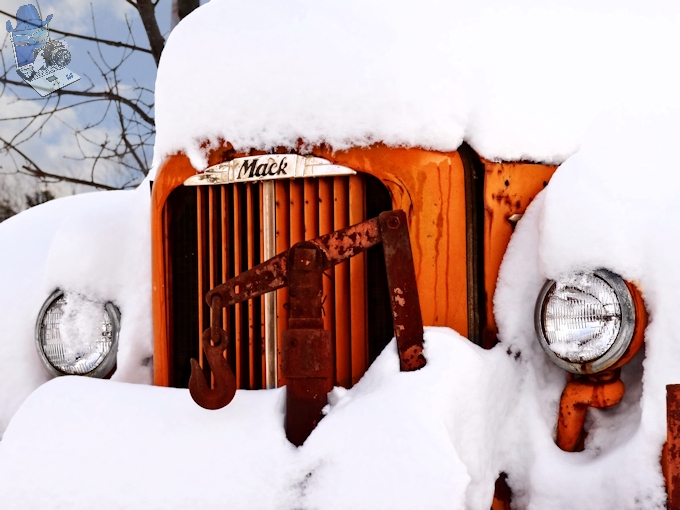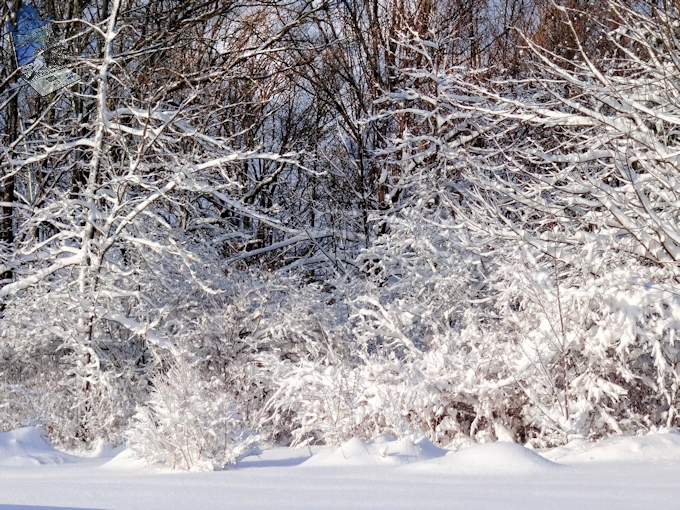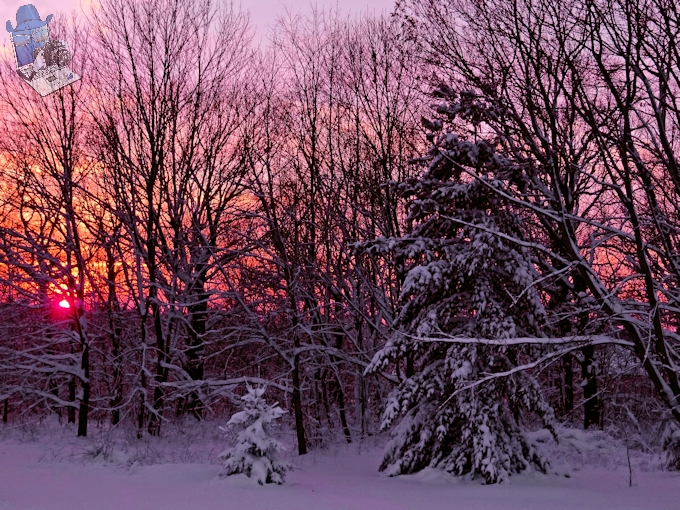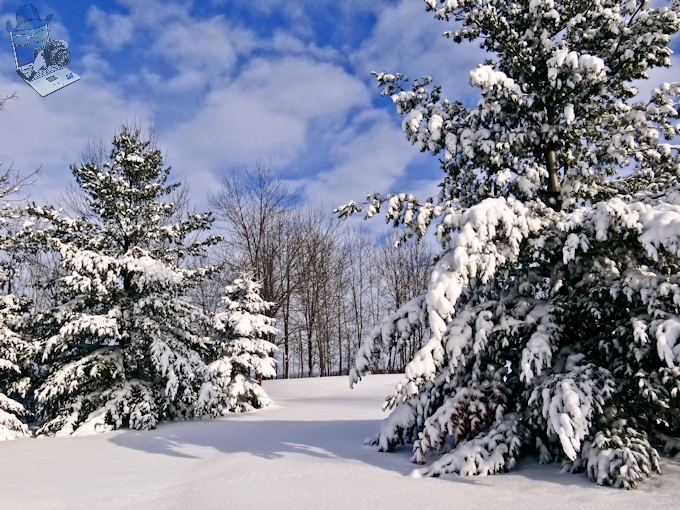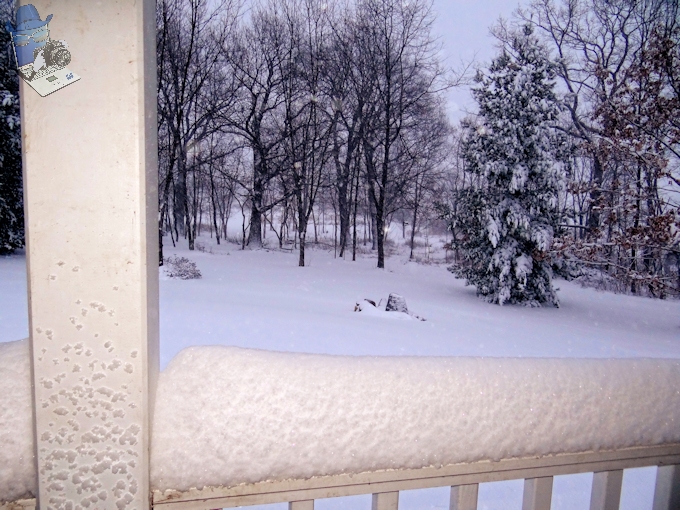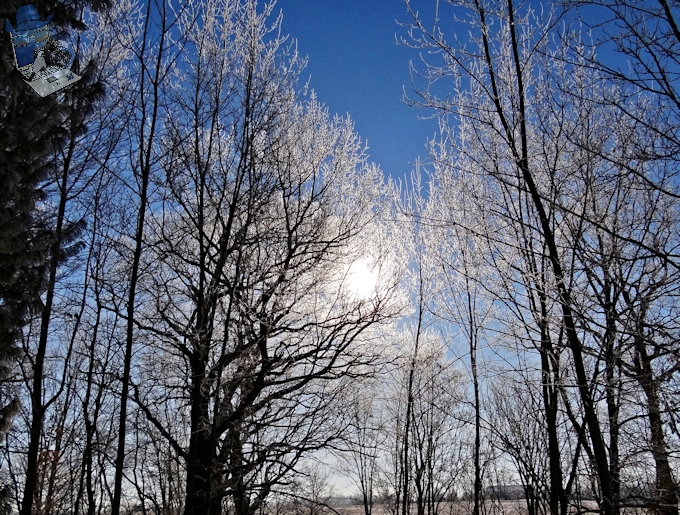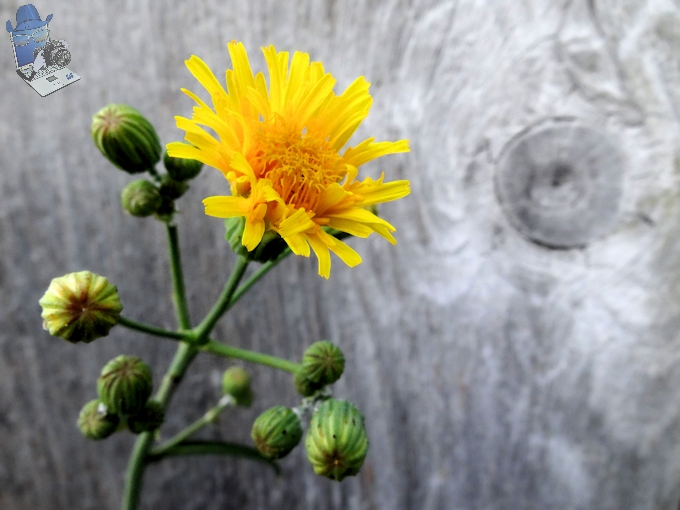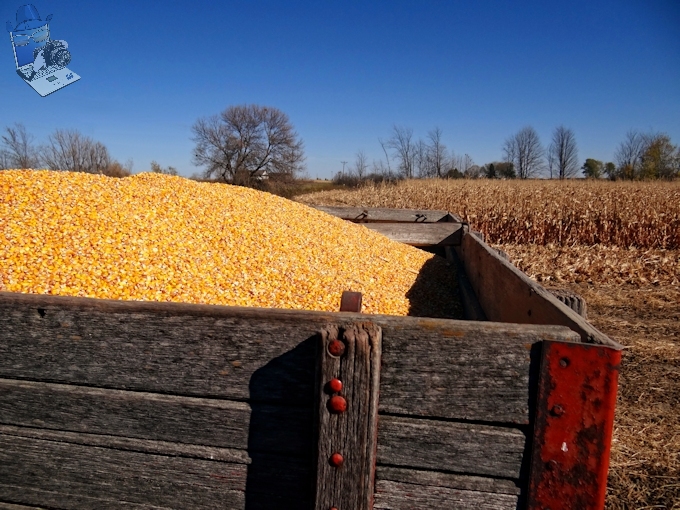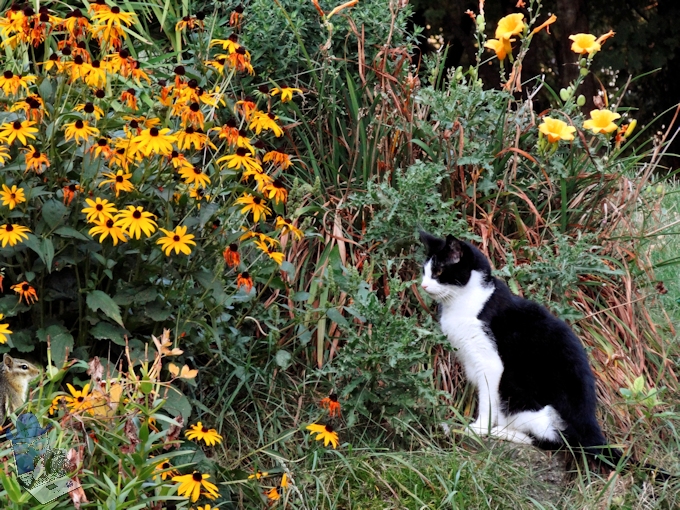A friend of my from Australia (who is enjoying very warm temps since summer time there), asked if there was any color in my winter wonderland after seeing this week’s photos.
I replied to her that yes, we have color in our winter wonderland; we just have to clear the snow away to see it!
A Snow Peeking Mack


